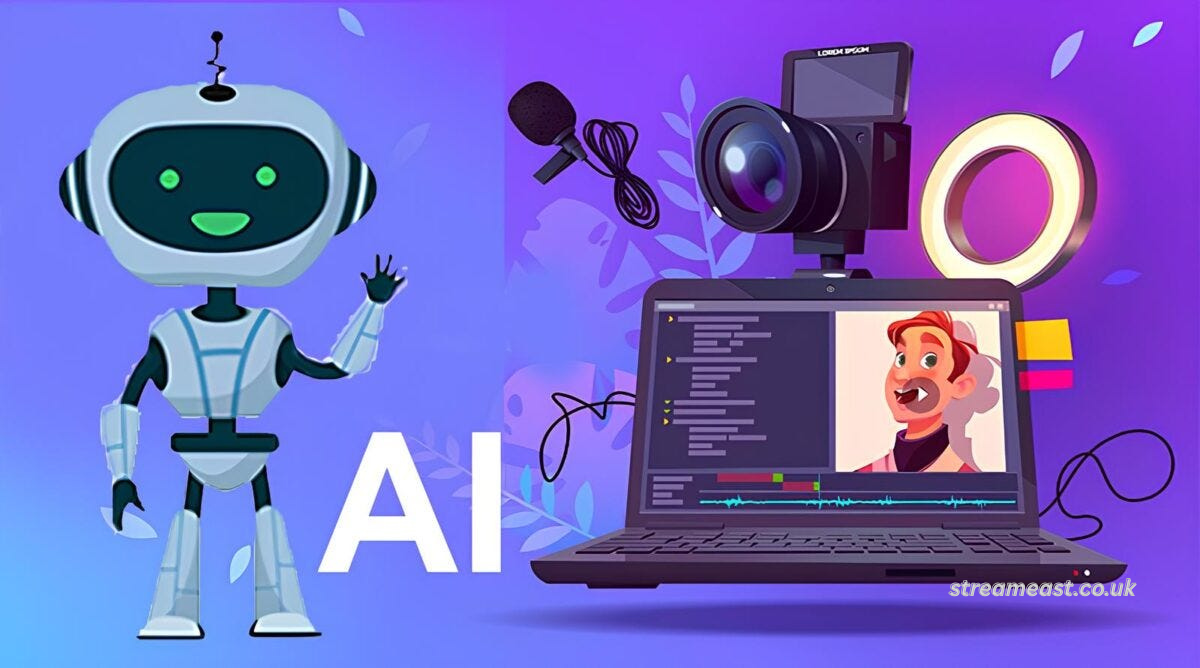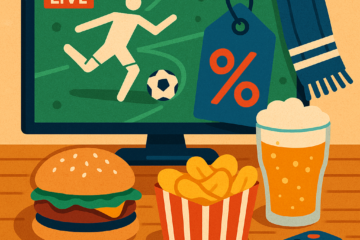In today’s fast-paced digital world, static content often struggles to hold attention. Social media feeds are flooded with dynamic videos, animations, and interactive visuals, leaving simple images at a disadvantage. This is where Image to Video technology steps in—transforming still photographs into engaging, high-quality video content. Whether you’re a business owner, content creator, marketer, or hobbyist, this AI-powered innovation is changing how stories are told online.
What is an Image to Video?
Image to Video refers to the process of converting one or more still images into moving video sequences. This can involve:
- Adding motion effects such as pans, zooms, and rotations
- Applying creative transitions between images
- Overlaying text, captions, and music
- Integrating animations for a cinematic feel
Traditionally, this type of transformation required advanced editing skills and complex software. Today, AI-powered platforms make it possible in minutes, even for beginners.
The AI Advantage in Image to Video Conversion
Artificial intelligence has significantly improved the quality, speed, and creativity of Image to Video projects. AI algorithms can:
- Recognize subjects in an image and apply smart camera movements
- Enhance colors and lighting for a more professional look
- Generate smooth animations that bring still images to life
- Match visuals to audio automatically for perfect synchronization
These capabilities allow creators to produce polished, attention-grabbing videos without spending hours in editing software.
Combining Image to Video and Text to Video
While Image to Video is perfect for transforming photos into engaging sequences, Text to Video technology takes a written script and turns it into a complete video with visuals, animations, and narration.
When used together, they unlock powerful creative possibilities:
- Start with Text to Video to outline your message and generate a rough visual sequence.
- Add Image to Video elements for depth, personalization, and visual appeal.
- Blend stock images, product shots, and original photography to bring your narrative to life.
This hybrid approach is ideal for marketing campaigns, educational content, and storytelling.
Why Image to Video is a Game-Changer for Content Creators
The modern audience is more likely to watch a short video than scroll through static images. By using Image to Video tools, creators can:
- Repurpose existing content – Old photos can become fresh, shareable videos.
- Increase engagement – Video content consistently receives more likes, comments, and shares.
- Boost conversions – In e-commerce, product videos can drive more sales than static images alone.
- Tell stronger stories – Motion adds emotion, context, and narrative flow.
Applications Across Industries
Image to Video is versatile and can be applied to almost any digital medium:
- Marketing & Advertising – Turn product photos into high-impact video ads.
- Social Media – Create TikTok, Instagram Reels, or YouTube Shorts using photo-based content.
- Education – Transform diagrams and illustrations into explainer videos.
- Events – Convert wedding or corporate event photos into highlight reels.
- Portfolios – Showcase creative work in a dynamic, professional format.
Tips for Creating Effective Image to Video Content
To get the most out of Image to Video tools, keep these tips in mind:
- Use High-Quality Images – The better your source material, the more professional the video will look.
- Match Music to Mood – Audio plays a huge role in audience engagement.
- Keep it Concise – Short, impactful videos perform best on social media.
- Experiment with Effects – Try different transitions and motion styles to see what works best.
- Incorporate Text to Video – Add captions, titles, or AI-generated scenes for richer storytelling.
The Future of Image to Video Technology
As AI continues to evolve, Image to Video tools will likely offer even more advanced capabilities:
- Realistic 3D animations from flat images
- Automatic voiceovers with natural speech
- Personalized editing based on audience preferences
- Real-time image-to-video generation for live content creation
The integration of Image to Video with Text to Video will only enhance creative possibilities, making professional-level content creation accessible to everyone—from influencers and marketers to small business owners and educators.
Final Thoughts
Image to Video technology is no longer just a convenience—it’s becoming an essential part of digital content creation. By combining AI automation with human creativity, you can turn ordinary photos into extraordinary videos that connect, engage, and inspire. Whether you’re sharing a brand story, promoting a product, or preserving personal memories, this tool opens new horizons for visual storytelling in the age of AI. Also Read




